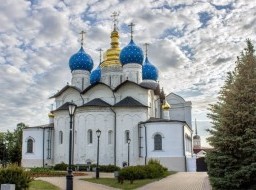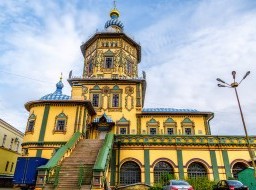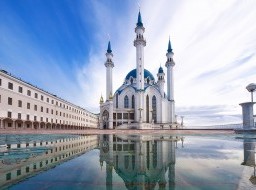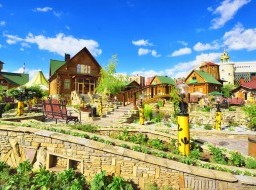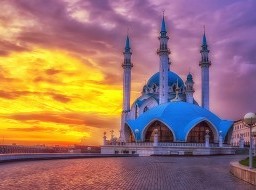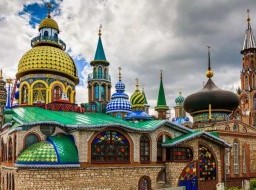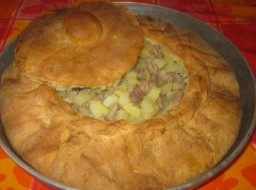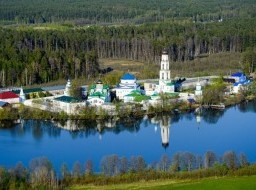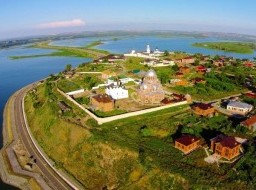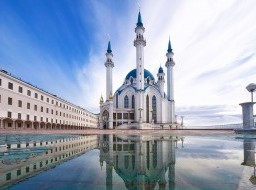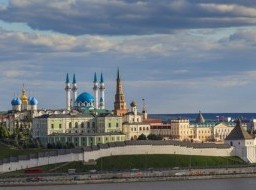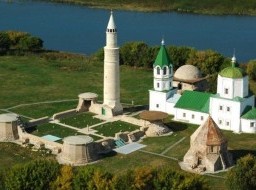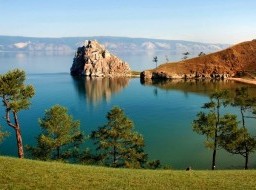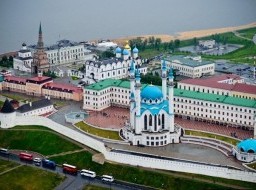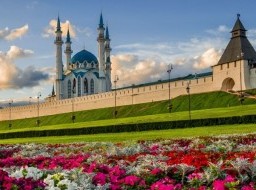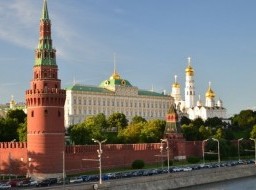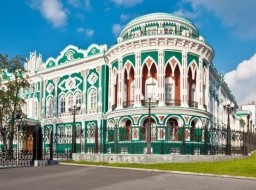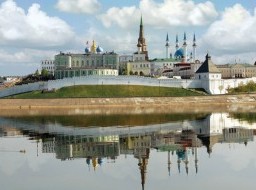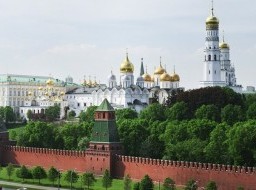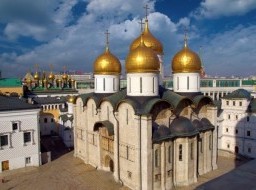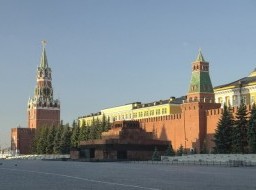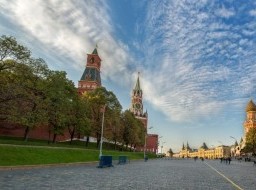Kazan
Kazan is the capital of the Republic of Tatarstan, one of the largest and most beautiful cities of Russia, which is on the list of UNESCO World Heritage cities. According to official version accepted nowadays, Kazan was founded no less than 1000 years ago. The atmosphere of this intriguing autonomous republic is redolent of Central Asia. The spires of many mosques dot the skyline - including the grand Kul Sharif Mosque inside the historic kremlin. Kazan easily combines the culture and traditions of the East and the West: next to the finely cut minaret towers there are old Orthodox churches. Kazan is one of the major Russian cities, significant economic, political, scientific and cultural center. It lies on the Volga River in European Russia, 800 km east of Moscow. Population of Kazan city is over 1 million people; it is the sixth largest city in Russia. Kazan is the capital city of the Republic of Tatarstan, one of the highly developed republics of the Russian Federation from the economic point of view. Kazan has a 1000 year history, rich with cultural and historical monuments, and the Kazan Kremlin is a UNESCO World Heritage Site. Kazan, Kremlin Tower, XVI century Archeological excavations on the territory of Kazan Kremlin provided evidence that the first fortress of Kazan was founded at the turn of X–XI centuries by Volga Bulgars. In The famous Kazan Kremlin was built after the siege of Kazan on the ruins of the former castle. The wall and towers of Kazan Kremlin, including the remarkable Spasskaya Tower over the main entrance, were mostly built by master builders from Pskov, a city on the north-west of Russia, and thus it shares common features with the Pskov Kremlin. Kazan, Saints Peter and Paul Cathedral, built in 1722 Kazan, Epiphany Cathedral, belltower, built in 1897 Lots of landmarks are located outside the Kazan Kremlin in downtown. Impressive churches and mosques of XVI–XIX centuries are displaying various architectural styles and combine features of both the Russian and Tartar traditions, resulting in unique historical monuments. The favorable geographical location of the city on the trade ways connecting East and West was the reason of the city’s growth. In 1438, Kazan was declared the capital of Kazan Khanate. Kazan was conquered by Ivan the Terrible in 1552. In 1556, the construction of the new, white stoned Kremlin began, 7,000 Russians were brought into empty city. In the 17th century, the city grew economically and first manufacturing factories came into being. By the end of the 18th century, about 22,000 people lived in Kazan, together with suburbs - over 40,000 and only about 10% of them were Tatars. The city became an educational and cultural center of the Volga region. In the 20th century, the city experienced a lot of events. Kazan became one of the centers of revolution in 1918, during the Civil War. In 1920, the Tatar Autonomous Soviet Socialist Republic was formed with the capital Kazan. In 1930s, intensive industrialization of Kazan began. In 1990s, the city became one of the financial and political centers of Russia. Kazan is a multi-religious city. Over 42 Muslim mosques, Orthodox churches, a Lutheran hall-church, a Catholic chapel, a Jewish synagogue and other cult institutions function here. Orthodox religious seminary and Russian Islamic University operate in Kazan. Kazan is an attractive city to Russians and foreign tourists. The city is famous for its Art museums, International festivals, libraries, the newest technologies and strong scientific potentials. Kazan is famous for its Concert Hall and Opera House where Fedor Shalyapin opera festival and Rudolf Nureyev ballet festival are exclusively held. National Museum of the Republic of Tatarstan, founded in 1895, houses a rich collection of items on the natural history of the region, Egyptian and antique artifacts, and collections of golden coins, ancient books and folk art of the Tatar people. One of the most popular places for tourists is Bauman Street, a pedestrian area that stretches 1.3 kilometers from the Kremlin to Tukai Square in the city center. The city’s oldest street features buildings from different historic periods and is a thoroughfare with shops, cafes, restaurants and clubs. |

